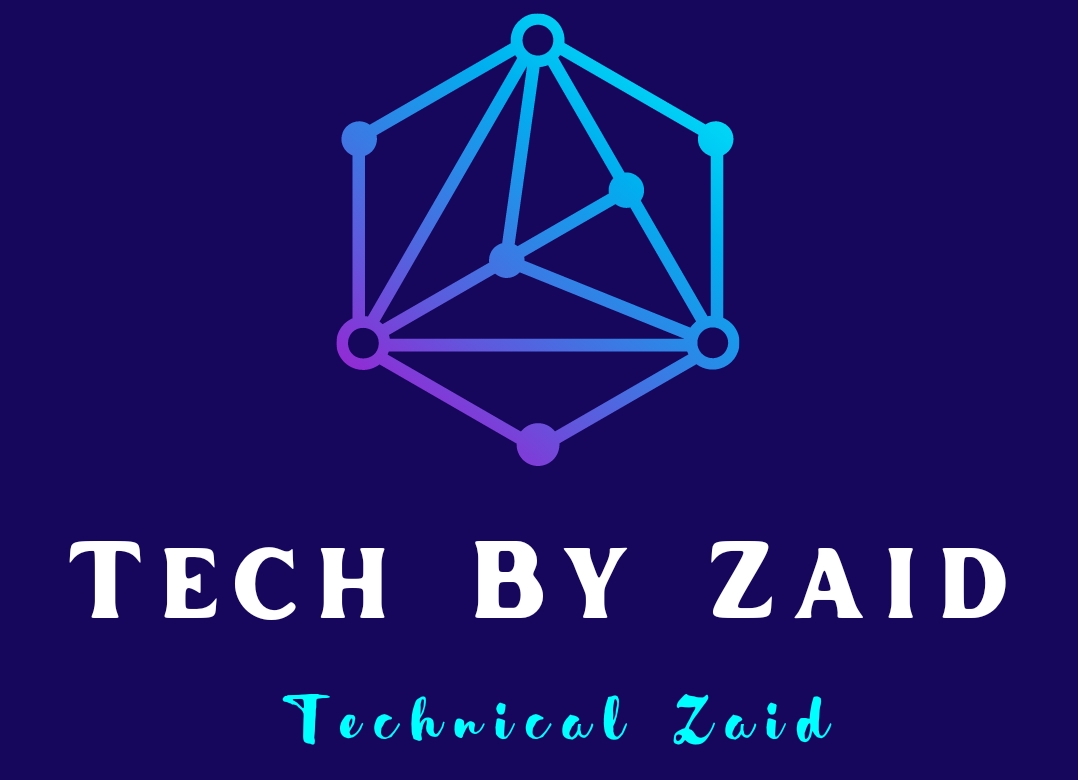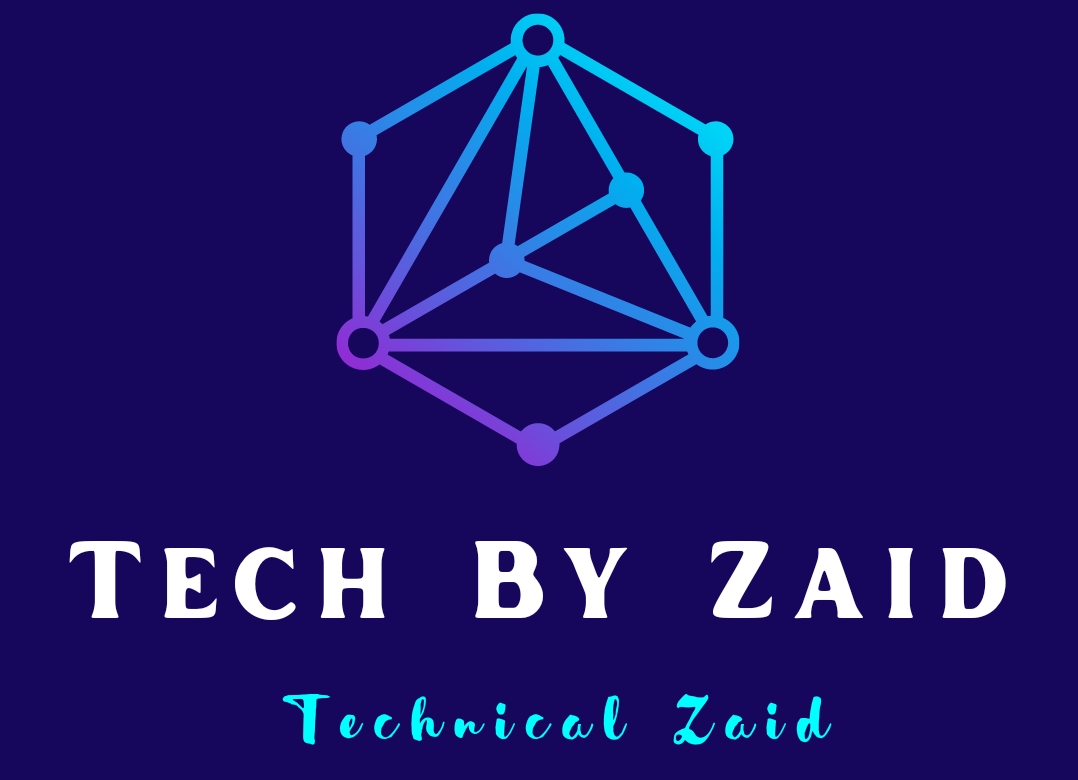Hi Eveyone,
What is thread in java
A thread is a unique path of execution for a programme in Java. Instead of waiting for one action to finish before beginning another, it enables numerous processes to execute simultaneously within a single programme. By extending the Thread class or implementing the Runnable interface, threads can be formed. When a thread is started, the run() method is invoked, which includes the code that will be run by the thread. Additionally, Java offers a Thread class that offers ways to manage threads, including starting, stopping, and suspending them.
why string is immutable in java
Strings in Java are immutable, which means that once they are produced, their value cannot be altered. Strings are created with immutability in mind for a number of reasons, including:
Strings can be shared between several threads without any risk of data corruption because they are immutable.
Immutable strings are more memory efficient since they can be reused. It is possible to reuse the old string rather than allocating a new memory address when a new string is produced by concatenating or altering an existing string.
Because their value cannot be unintentionally changed, immutable strings make coding simpler. This can reduce the likelihood of errors and make it simpler to reason about the state of the programme.
Immutable strings offer greater security because their values cannot be changed.
Immutable String class employs caching to save the hashcode of the String. Since the String is immutable, the hashcode will also be immutable, eliminating the need to recalculate the hashcode each time it is needed.
In general, there are a number of advantages to the efficiency, security, and usability of Java strings that result from their immutability.
bigfoot java
I see that "Bigfoot Java" is an organisation that specialises in creating unique software solutions utilising the Java programming language. They collaborate with companies to develop special software that satisfies their specific demands and specifications. Other technologies like Spring, Hibernate, and AngularJS are also areas of competence for them.
A business that develops software using Java might be the culprit.
It could be a business that offers consultation, development, and maintenance for enterprise Java applications, or it could be a business that specialises in creating certain Java-based software products, including enterprise systems, web applications, or mobile apps.
If there is anything else I can do to help you, or if you have any other questions, kindly let me know.

What is java burn || Tech By Zaid
What is java burn
It could be a term used informally to refer to the process of debugging or troubleshooting a Java-based system, or it could be a term used by developers to refer to a particular issue or problem they are encountering with a Java-based application or system, such as a performance problem or a bug.
It could also be a phrase for the state of being exhausted or overburdened after working with Java for a lengthy amount of time.
It could also be the name of a programme or piece of software used for debugging or troubleshooting Java-based applications.
It could also be a phrase for the state of being exhausted or overburdened after working with Java for a lengthy amount of time.
It could also be the name of a programme or piece of software used for debugging or troubleshooting Java-based applications.
It is difficult to pinpoint exactly what "Java Burn" refers to without more information.
If you have any other questions or if there is anything else I can do to help, kindly let me know.
blue java banana
The Blue Java banana is a rare species of banana that is renowned for its striking blue-gray hue and sweet, creamy flavour. It is a robust, cold-tolerant cultivar, which enables it to endure in colder climes and makes it disease-resistant. According to reports, the Blue Java banana's fruit has an ice cream-like consistency and a vanilla flavour.
The Blue Java banana is a preferred variety for producers in colder regions due to its exceptional hardiness and resilience to low weather. The banana tree is a lovely ornamental plant that grows to heights of just around 6 to 8 feet. The fruit grows in bunches, and the leaves are big and lustrous.
The Musa balbisiana and Musa acuminata species of banana, which are both native to Southeast Asia, were crossed to create the Blue Java banana. It is a triploid cultivar that is propagated by suckers or rhizomes.
For home gardeners and farmers who desire to grow bananas in cooler locations, the Blue Java banana is a popular option. The unusual sweet, creamy flavour and ice cream-like texture are also gaining popularity among chefs and food enthusiasts. It is customary to consume the fruit when it is ripe because that is when it is sweetest and tastiest.
If you get the chance, the Blue Java banana is a distinctive and useful fruit that is definitely worth trying. It is a useful addition to any farmer's or gardener's collection due to its distinctive flavour and resilience.
port city java
A chain of coffee shops called Port City Java is mostly found in the southeast of the country. Along with tea, smoothies, pastries, and a variety of hot and cold coffee drinks, they also serve pastries. They also provide meals for breakfast and lunch. They are renowned for their dedication to utilising premium, regionally obtained ingredients and assisting neighbourhood farmers and companies. The business was founded in 1995 and has its headquarters in Wilmington, North Carolina. They operate as a franchise and have numerous locations all across the US.
what is treemap in java
A TreeMap in Java is a type of data structure that arranges key-value pairs according to their keys in a sorted order. It utilises a Red-Black tree and is implemented as a part of the Java Collection Framework. Fast lookups, insertions, and removals based on the key are possible with this data structure.
Key-value pairs can be kept effectively in a sorted order using a TreeMap, which also makes the data it stores quickly accessible and retrievable. The TreeMap's elements are sorted using keys, and they all need to be distinct. However, duplicates of the values are possible.
To manipulate the data stored in it, the TreeMap class offers a number of helpful methods, such as:
• put(K key, V value) adds a key-value pair to the TreeMap
• get(Object key) returns
• the value related to a specified key remove (Object key) removes a key-value pair from the TreeMap
• containsKey(Object key) returns true if the TreeMap contains the key specified in the argument
The SortedMap and NavigableMap interfaces, which offer further features like range views, descending iteration, and other things, are also implemented by TreeMap.
In general, Java's TreeMap class is a useful data structure for keeping and working with key-value pairs in a sorted order, and it is frequently used in a number of applications where data needs to be kept and accessible in a sorted way.
what does mean in java
To access the fields and methods of an object or class in Java, use the "." operator. It is also referred to as dot notation.
For instance, you can use the dot notation to call a method if you have an object of a class called "MyClass" and that class has a method called "myMethod()":
Additionally, it may be used to access an object's fields. For instance, if you have an object of the class "MyClass" that contains the field "myField," you can access it by:
MyClass myObj = new MyClass();
int fieldValue = myObj.myField;
It can also be used to access the static members of a class for example:
int value = MyClass.staticField;
MyClass.staticMethod();
In conclusion, a key component of Java's object-oriented programming model is the "." operator, which is used to access members of an object or class, such as fields and methods.
how to initialize an array in java
There are several ways to initialize an array in Java:
1. Using the array initializer:
int[] myArray = {1, 2, 3, 4, 5};
2. Using the new operator and specifying the size of the array:
int[] myArray = new int[5];
This will create an array with 5 elements, but all the elements will be initialized to the default value of int (0)
3. Using a loop to assign values to the elements:
int[] myArray = new int[5];
for (int i = 0; i < myArray.length; i++) { myArray[i] = i; }
4. Using the Arrays.fill method to assign a value to all elements of an array:
int[] myArray = new int[5]; Arrays.fill(myArray, 7);
5. Using array literals and the Array class' methods, for example:
int[] myArray = Array.of(1, 2, 3, 4, 5);
6. Using the Array class' methods and lambda expressions, for example:
int[] myArray = IntStream.range(1, 6).toArray();
The technique you select to construct and initialise an array in Java will depend on the particular needs of your software. All of the methods mentioned above will do so.
 |
| what does mean in java || techbyzaid |
how to call a method in java
In Java, a method can be called by using the following syntax:
objectName.methodName(parameters);
objectName is the name of the object on which the method is to be called.
methodName is the name of the method to be called.
parameters are the values passed to the method as arguments.
For example, if you have a class called "MyClass" and it contains a method called "myMethod", you can call the method by creating an object of the class and using the dot notation:
MyClass myObj = new MyClass();
myObj.myMethod();
If the method accepts parameters, you need to pass the values as arguments like this:
MyClass myObj = new MyClass();
myObj.myMethod(10, "Hello");
If the method is static, you don't need to create an object of the class, you can call it directly using the class name:
MyClass.myMethod();
In the event that a method is static, a class may also be invoked in place of an object.
In general, calling a method in Java is a straightforward operation, but it's crucial to double-check that the method you're calling is a member of the class you're dealing with and that its signature, including its parameters and return type, matches when you do so.
& facebook account Facebook : Zaid Qureshi Official& Message me on Instagram...👈








0 Comments